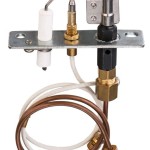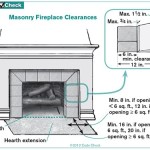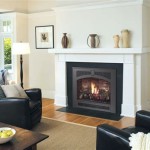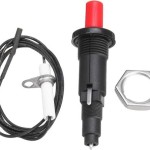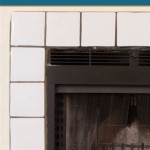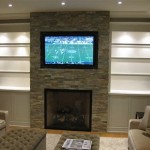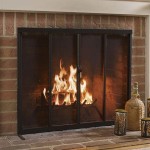Artificial Logs For Fireplaces: A Comprehensive Guide to Essential Aspects
Artificial logs for fireplaces have evolved into sophisticated and convenient alternatives to traditional wood, offering numerous advantages in terms of efficiency, aesthetics, and ease of use. Understanding the essential aspects of these logs is crucial for making an informed purchase and maximizing their benefits. Here's a comprehensive guide to help you make the most of artificial logs for your fireplace:
Types of Artificial Logs
The market offers a wide variety of artificial logs, each with distinct characteristics and benefits. The primary types include:
- Ceramic Logs: Known for their durability and realistic appearance, ceramic logs are made of ceramic fibers and mimic the shape and texture of natural wood.
- Gas Logs: Designed exclusively for gas fireplaces, these logs are made of ceramic fiber or refractory materials and produce a realistic flame pattern.
- Fiber Logs: Manufactured from compressed wood fibers, fiber logs provide a budget-friendly option with a slightly less realistic appearance compared to ceramic logs.
Advantages of Artificial Logs
Artificial logs provide several advantages over traditional wood, including:
- Convenience: Artificial logs are remarkably easy to use. They eliminate the need for chopping, stacking, and storing wood.
- Efficiency: These logs burn cleaner and more efficiently than wood, meaning you use less energy to achieve the same level of warmth.
- Aesthetics: Artificial logs come in various styles and designs, allowing you to customize the look of your fireplace to match your décor.
- Safety: Artificial logs produce significantly less smoke and ash compared to wood, reducing the risk of respiratory issues and chimney fires.
Choosing the Right Artificial Logs
When selecting artificial logs for your fireplace, consider the following factors:
- Type of Fireplace: Ensure the logs are compatible with your specific fireplace type (gas, wood, or electric).
- Size and Shape: Choose logs that fit comfortably within your fireplace and provide the desired visual effect.
- Material: Consider the durability, appearance, and cost of different materials (ceramic, gas, or fiber).
- Ventilation: Opt for logs that allow proper airflow to prevent overheating and smoke buildup.
Maintenance and Care
To prolong the life and maintain the optimal performance of your artificial logs, follow these care tips:
- Regular Cleaning: Use a soft brush or vacuum cleaner to remove dust and debris from the logs.
- Periodic Inspection: Check the logs for any cracks, damage, or discoloration, and replace them as needed.
- Avoid Overheating: Ensure proper ventilation and avoid overloading the fireplace to prevent damage to the logs.
- Storage: When not in use, store the logs in a dry and well-ventilated area to prevent moisture buildup.
Conclusion
Artificial logs for fireplaces offer a convenient, efficient, and aesthetically pleasing alternative to traditional wood. By understanding the different types of logs available, considering their advantages, choosing the right logs for your fireplace, and following proper maintenance practices, you can enjoy the warmth and ambiance of a fireplace without the hassles associated with wood.

All About Artificial Firelogs Raleigh Nc Mr Smokestack Chimney Service

Fake Burning Logs For Fireplace Electric

Fake Logs For Gas Fireplace Natural

Barton 10 Pieces Ceramic Fireplace Log Stack Wood Gas Realistic Logs Set Indoor Outdoor Com

American Gas Log Tahoe Blaze 30 In Vented Natural Fireplace Logs Complete Set With Manual Safety Pilot Kit Tb30hd2ng The Home Depot

Which Are The Best Artificial Logs To Buy This Year Firewood For Stoves

What S Inside Colored Flame Artificial Logs Wired

Faux Log Stack
How To Arrange Gas Logs Howstuffworks

Fake Logs For Gas Fireplace Propane Vented

